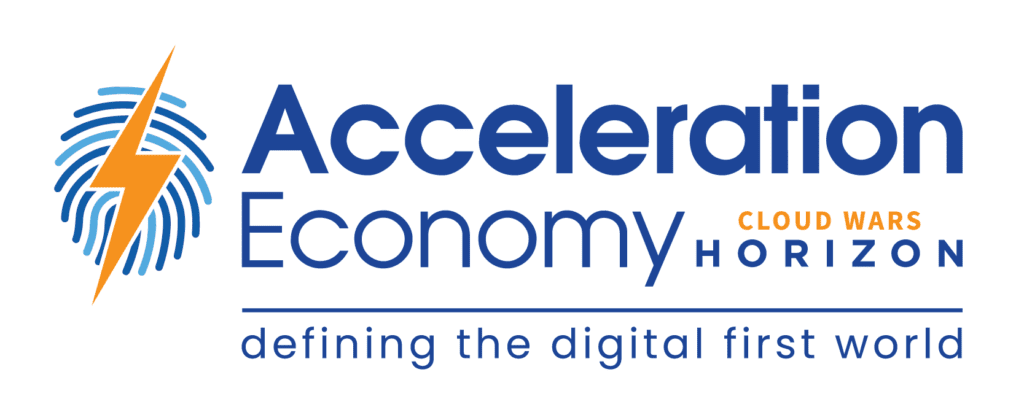When Röhm was building a new manufacturing plant in 2019, the company needed to provide stringent security and high-speed access to its design and digital twin platform for engineers at third-party partners across North America and Europe.
To meet its requirements, the company selected cloud desktop technology from Workspot that:
- Supports multi-layered security to lock down its highly sensitive intellectual property (IP).
- Provides access to proximate cloud regions to meet the low latency requirements of its graphics-intensive 3D modeling application.
A cloud desktop delivers desktop and workstation functionality from the public cloud to users on a wide range of devices. As such, it benefits from security features including that of the public cloud on which it runs, as well as the user’s native security architecture and the security of the cloud workstation architecture.
“We had to tightly control the data that went in and, most important, out of our development environment,” says Carsten Schmies, head of administrative management for Röhm.
Röhm is a manufacturer of products including PLEXIGLAS, with thousands of employees and locations on several continents. Prior to building the new plant, the company would have handled such a build-out with internal resources and an internal data center.
But a number of changes that took place meant the company was working with outside engineering resources at the same time it was looking to execute a migration to the cloud (it selected Microsoft Azure) from its own data center.
Engineering work kicked off with virtual development using a digital twin model. The design process leverages graphics-intensive 3D modeling (specifically, Aveva E3D design) that could not be supported effectively from a single centralized data center.
The Röhm IT team sought security equivalent to or stronger than that which it had internally. It leveraged multi-factor authentication and Microsoft Information Protection (MIP) Services as well as the Workspot architecture, which is designed to enforce Zero Trust Security policy.
Security Imperative
Security is typically one of the biggest factors that prompt companies to embrace the Workspot cloud model today, even more so than when Röhm first started using it, given the hybrid work arrangements that are now so widely used, says Amitabh Sinha, Workspot CEO and co-founder.
“Security is the most important driving factor,” says Sinha, “which is the challenge with securing Windows PCs in a hybrid environment. With more people working remotely, security becomes a bigger and bigger issue.”
He notes that Workspot uses the principle of least privilege, so people and processes gain access only to the bare minimum resources to complete a task. Workspot, for example, doesn’t gain access to customers’ credentials or data — instead, it only has access to the data it needs.
Response time, too, was a major consideration. “Running 3D simulations is performance critical. We’re very happy with what we’ve delivered to our end users so far,” says Sebastian Blümel, Röhm workplace architect. “I have received no complaints about performance or availability of the cloud workstations. They are really quite impressive.”
Sinha noted that 3D CAD work is a common use case for cloud workstations. “All these teams are distributed teams and they typically work on very large data models,” he says. “They could have engineers in Romania, India, and the U.S. and create three data repositories with all cloud workstations sitting close to the data. It simplifies the ability to scale up teams and it gives really quick access to data.”
Another Cloud Benefit: IT Simplification
Röhm’s timing in adopting Workspot (pre-Covid) was beneficial: When employees had to go home to work, they were able to make a smooth transition.
In Röhm’s case, employees receive a company endpoint device to access their cloud workstations, while external engineering partners can use their own devices to securely access the cloud workstations. This BYOD option simplifies the onboarding of partner contractors.
More broadly, cloud workstations simplify the provisioning and management of end-user computers. While that should affect cost savings, Sinha reiterated that security and performance are most customers’ biggest motivators. But the IT maintenance aspects are significant.
“If a customer buys a PC for a user in Singapore, they need to provision and ship a physical device. With Workspot, instead of shipping the device, you create a cloud PC for them in the Singapore region of your favorite cloud,” Sinha says. “We want customers to be able to deploy in close proximity for their users. That reduces latency and delivers fantastic performance.
Workspot’s cloud desktop software not only works with Azure but also the Google Cloud Platform, a key differentiator that gives customers the flexibility to use their preferred cloud.
For more exclusive coverage of innovative cloud companies, check out Cloud Wars Horizon here:









